You have everything you need: Taking better photos and videos with just your mobile phone — 2022
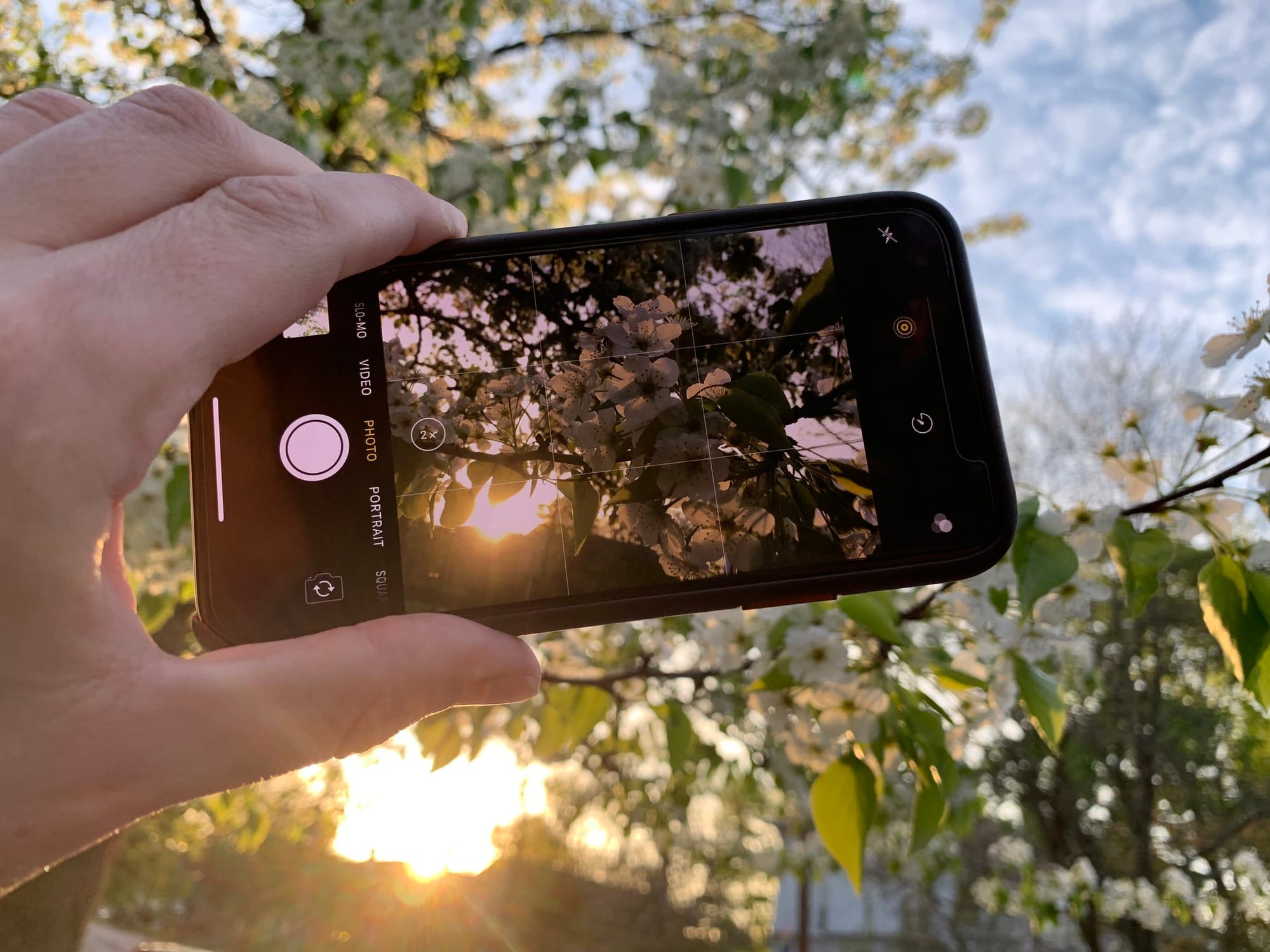
I recently presented at Voices for Youth, a great program in Kalamazoo for young folks to get involved with journalism and digital storytelling. The goal of my presentation was to give actionable tips for taking better photos and video with just your mobile phone. Here are the tips I touched on during my presentation, with links to corresponding articles here on the site.
Thanks to everyone who attended and the organizers for inviting me to speak!
See updates from questions asked during the presentation down below.
Visual storytelling and capturing moments
What makes a good photo or video? Composition, yes. Exposure, definitely. But what will make your work stand out is capturing moments. Those are the short snippets of life that evoke emotion.
Think about all the photos and videos that mean something to you.
Moments happen every day as people react to the world around them. Friends seeing each other after a long time. Someone receiving good news. Laughing at a joke. Seeing something beautiful or exciting for the first time.
These moments are what you want to capture. Look at photographs that are interesting to you. What makes them stick out?
These moments tell compelling stories and are the core to the content you will create.
Once you start identifying moments, you can start anticipating them. Think about what happens beforethey happen. This allows you to get your camera ready and in position. The more you do it, the better you will get.
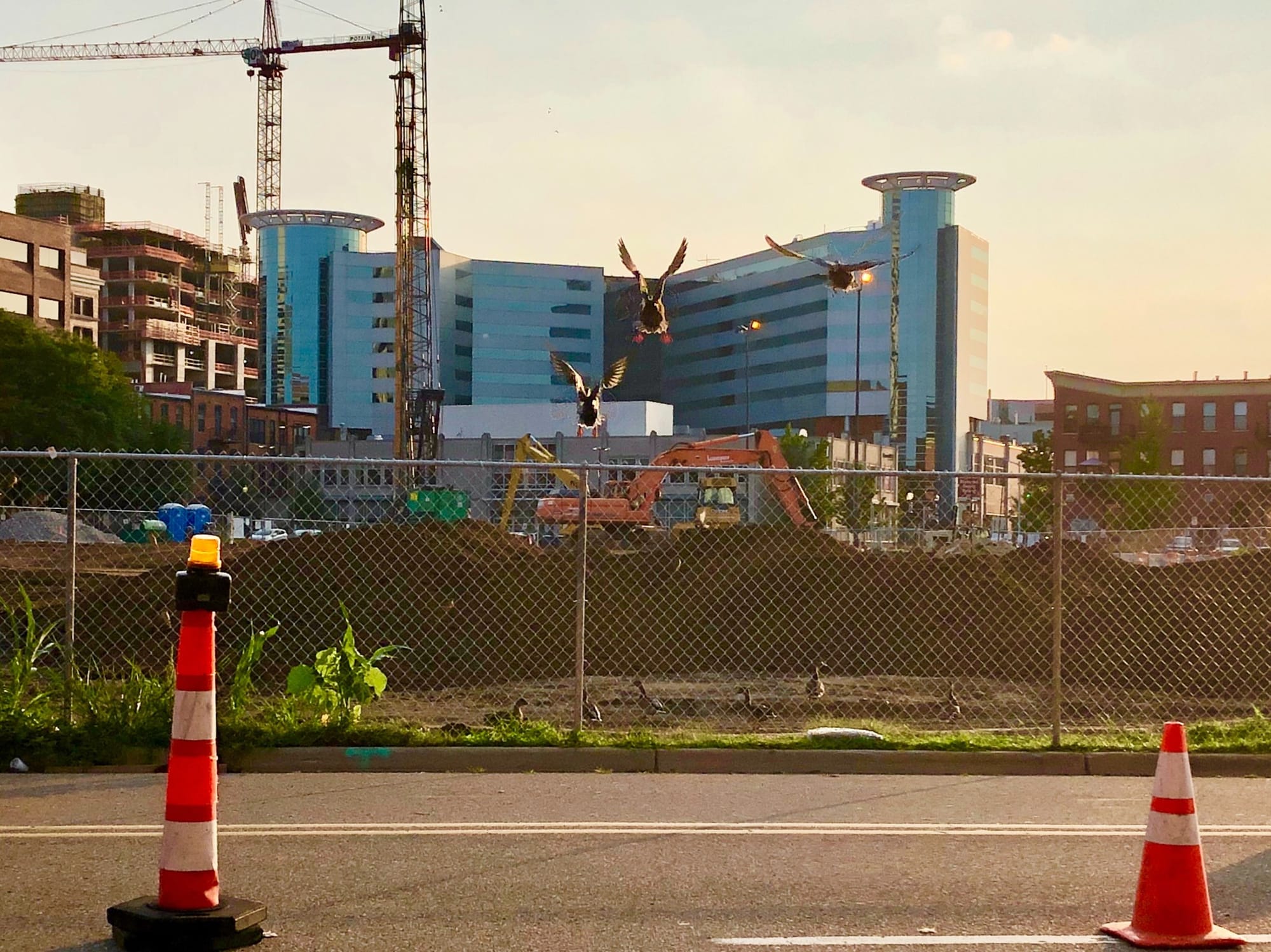
Your mobile phone camera
Limitations of your mobile phone
- Since the sensor is smaller, low light photos will not be captured as well as larger cameras.
- In low light, images might be more blurry too.
- With a smaller lens, there is no optical zoom — it’s all software. So unless you have a camera with multiple lenses, zooming won’t help.
- So how can you zoom in? The zoom you always have with your your feet. If I see something far away, I grab a quick picture of it and then move closer.
Strengths of your mobile phone
- Great for natural day light
- Works well when you are close to your subject or shooting landscape photos
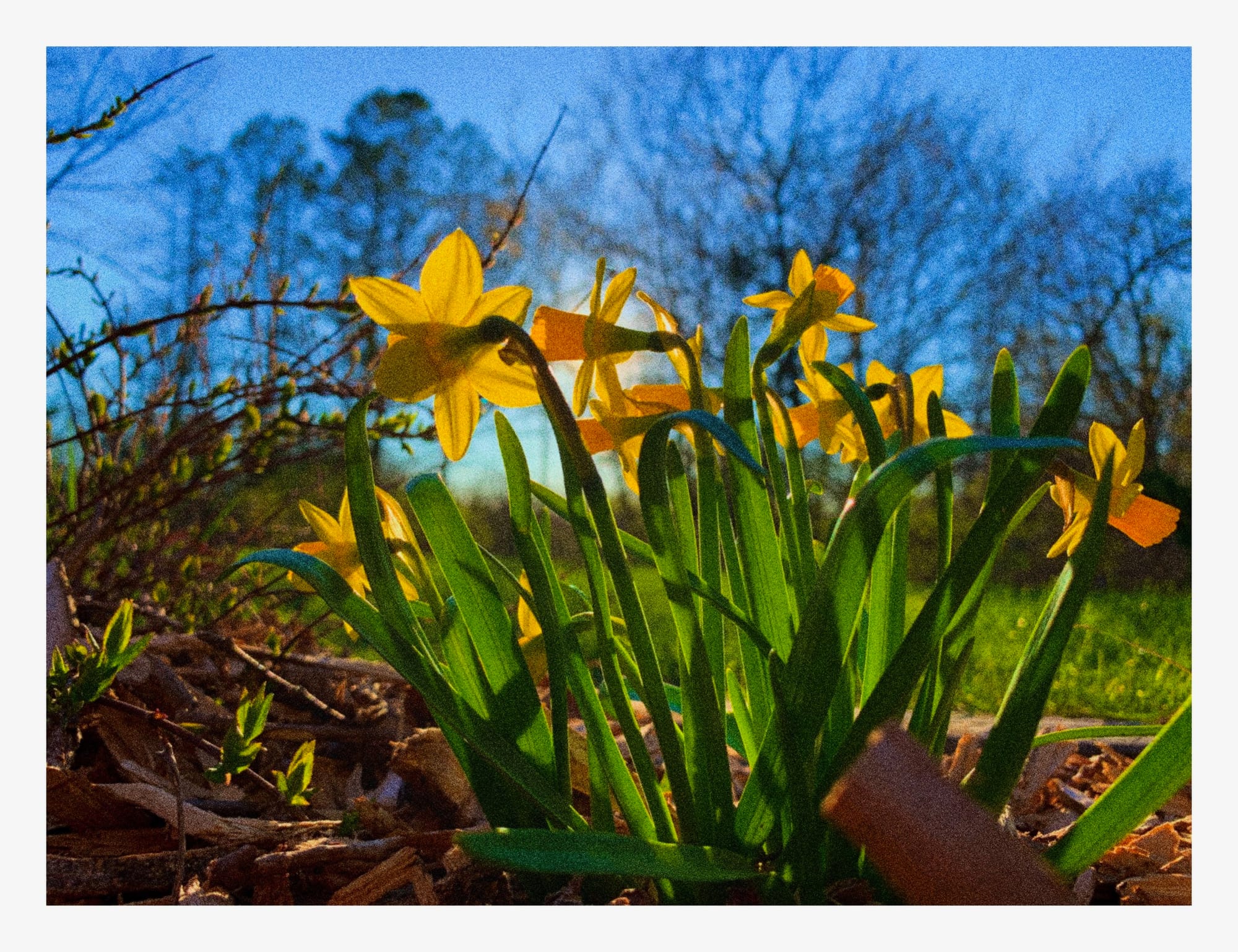
Shooting
Look at light
Photography is all about capturing light. When you take a picture of video clip, look around at the light. Where is it coming from? How is it bouncing off of your subject. How does it change when you move your camera around?
Framing your shot
After light, framing your shot is the most important part of photography and videography. You don’t need a camera to do this. Think about what you are seeing, what’s in the frame, and how you can change it to best convey what you are seeing.
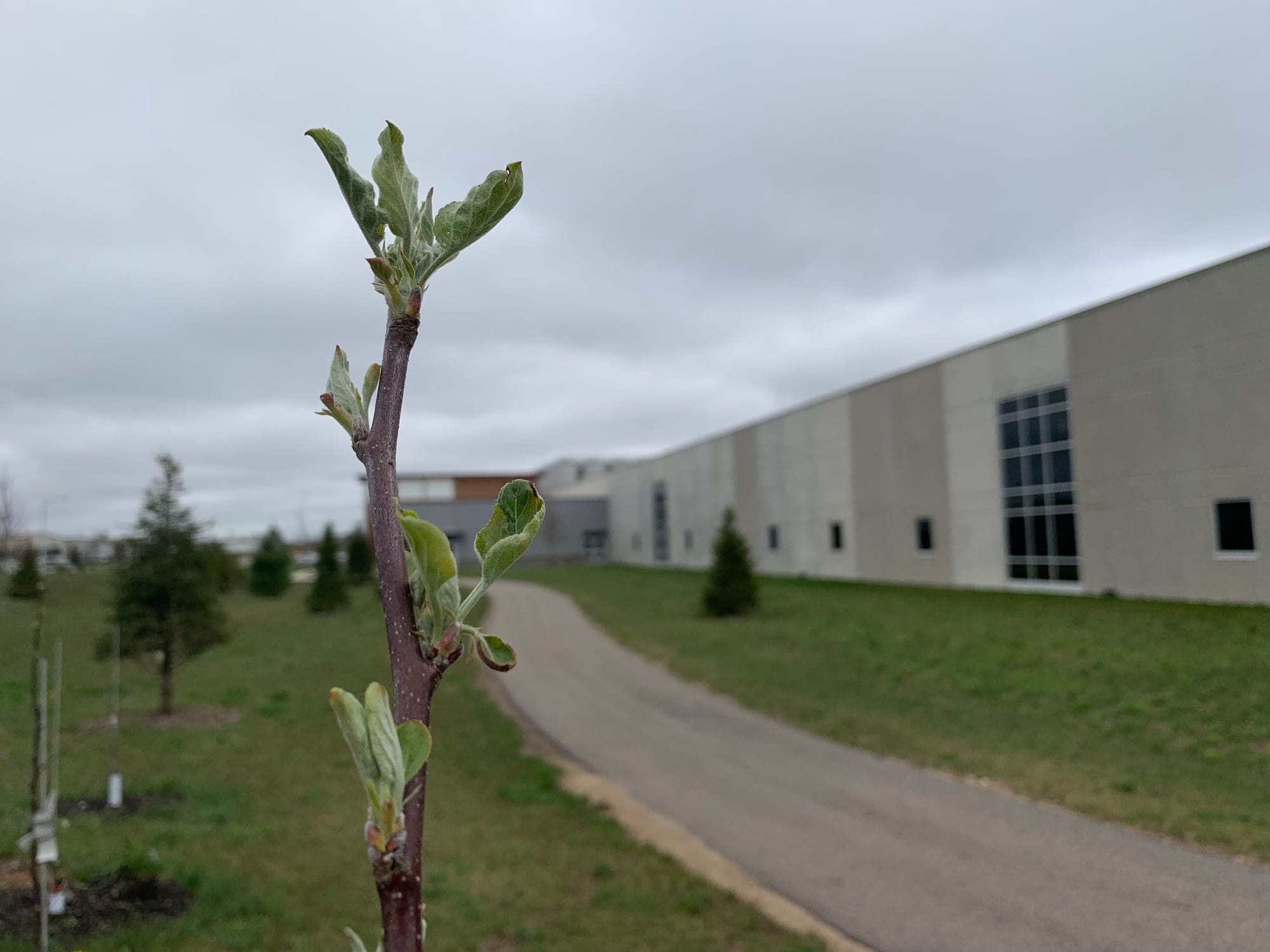
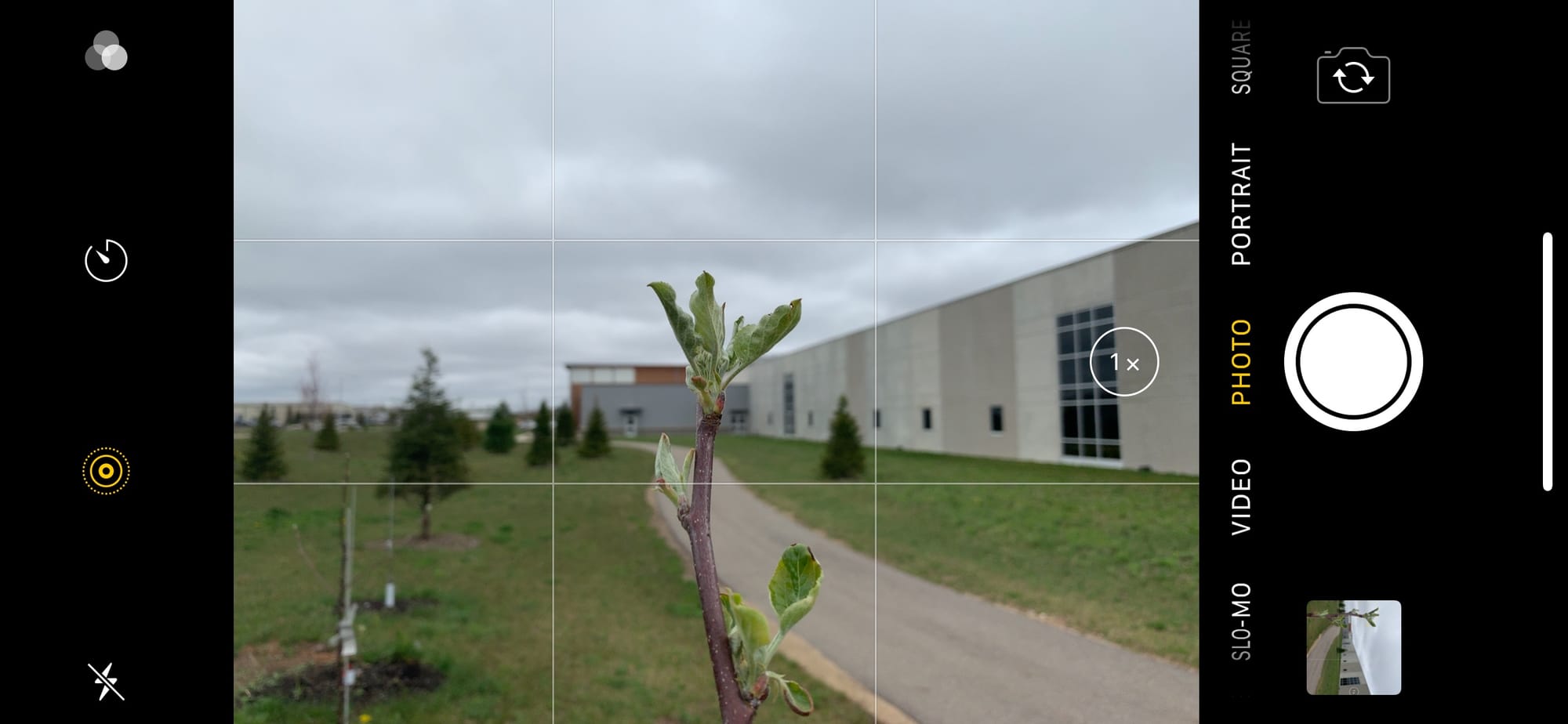
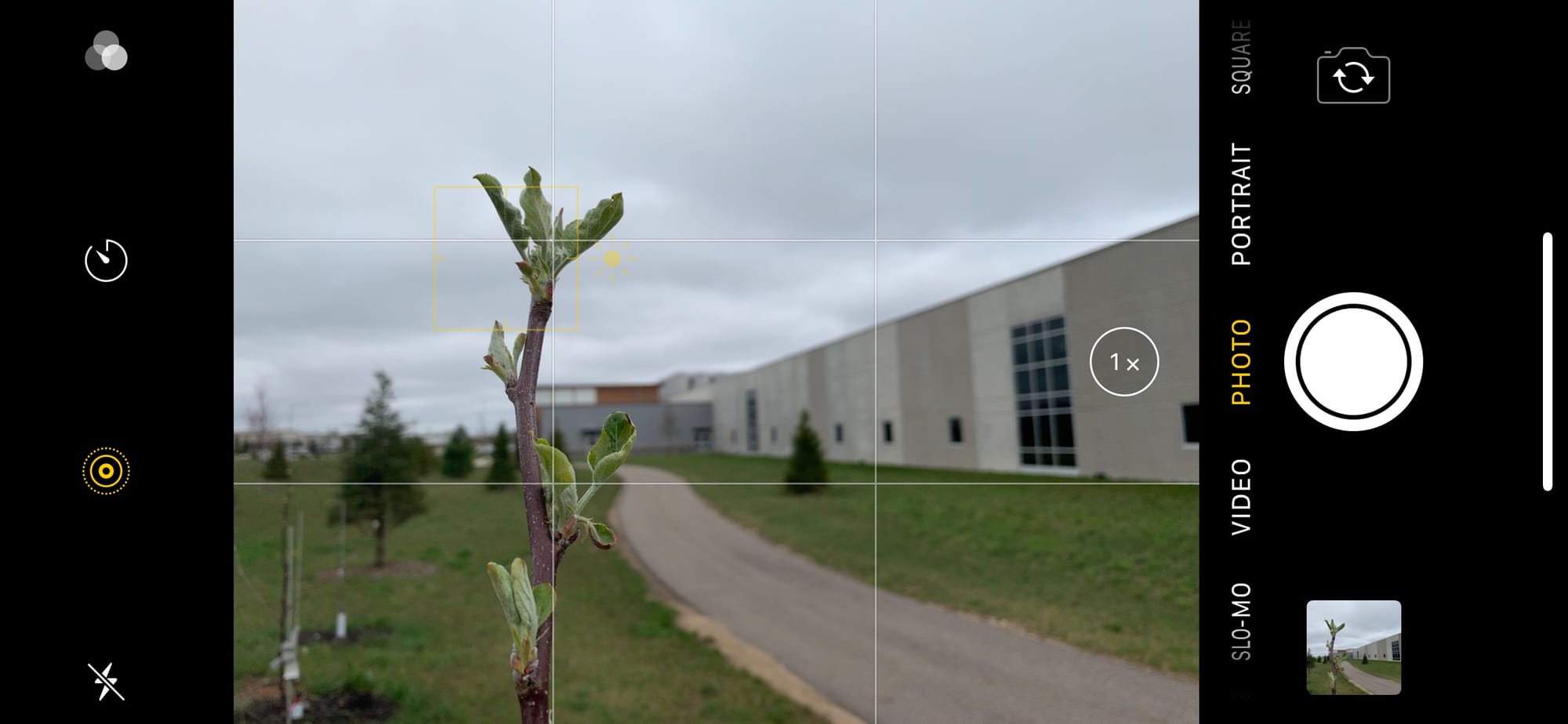
Holding your camera
Once you have an understanding of the light and frame of your shot, how you hold your camera will impact the quality of your images.
Portrait Mode
Modern phone camera systems have something called Portrait Mode. This creates a bookah effect that is common in DSLR cameras with a portrait lens. This does a great job but there can be issues with it that make your images look fake. Always shoot a few shots with the regular mode before jumping over. Given it’s a software effect, it sometimes can come off a little fake.
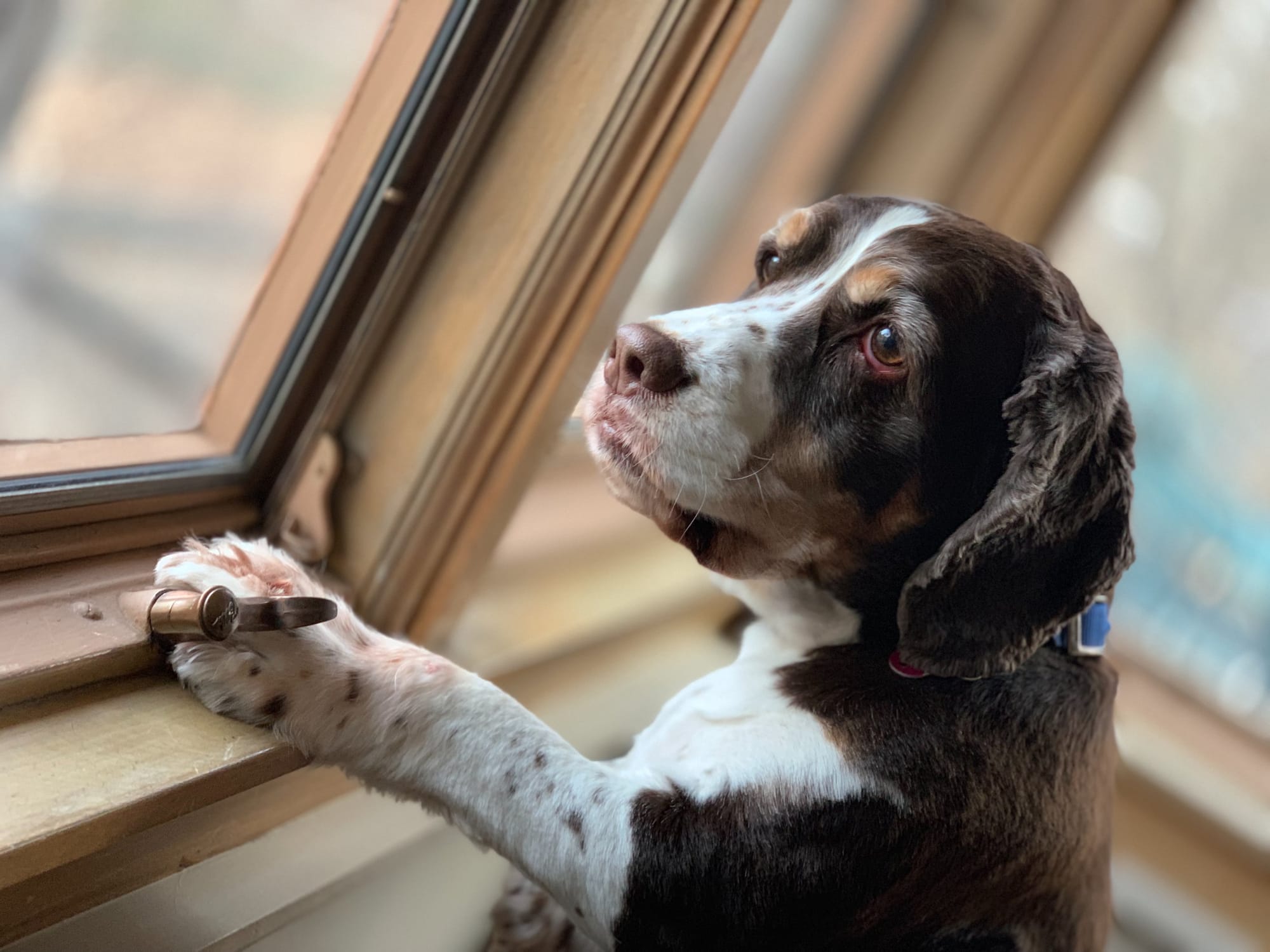
Using the flash
I seldom use my flash. In fact, I recommend turning it off on your phone all together. Why is that?
- takes people out of the moment
- takes a long time to take the photo — no rapid fire
- looks unnatural
- for most low light situations the camera is powerful enough to capture and you can bring out the colors and light afterwards
Working with people
Working with people is an important part of photography and videography. Here are some tips for working with people:
- Make they feel comfortable
- Talk to them as you are taking pictures
- Show them what you are taking
- Send them photos when you are done
Video tips
- Use Do Not Disturb and Airplane Mode when shooting videos and streaming a live video.
- Record more than you think: Count to 10.
Video gear
Here is some basic video gear to help with longer videos and interviews.
- AmazonBasics 60-Inch Lightweight Tripod with Bag
- Vastar Universal Smartphone Tripod Adapter
- Rode Wireless Go II mics
Play around with different modes
Once you grab a photo or video, try out some of the different modes on your camera. A photo is fine, but a animated GIF or timelapse video could be a lot more compelling and engaging.
Clean your lens
This may seem simple, but clean the lens on your camera! A device you hold frequently, the camera can get smudges on it. Clean it frequently with a lens cloth or a soft shirt.
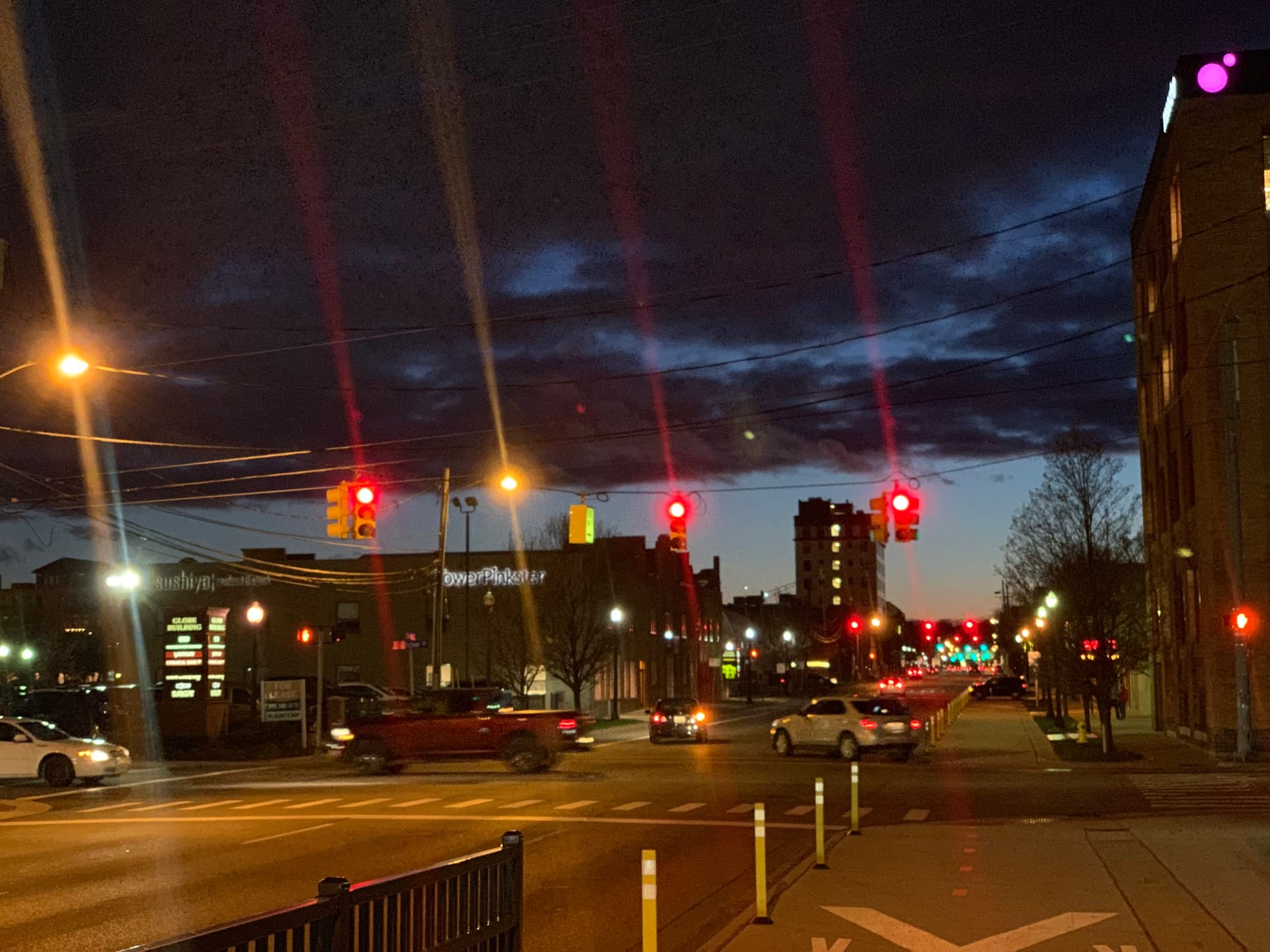
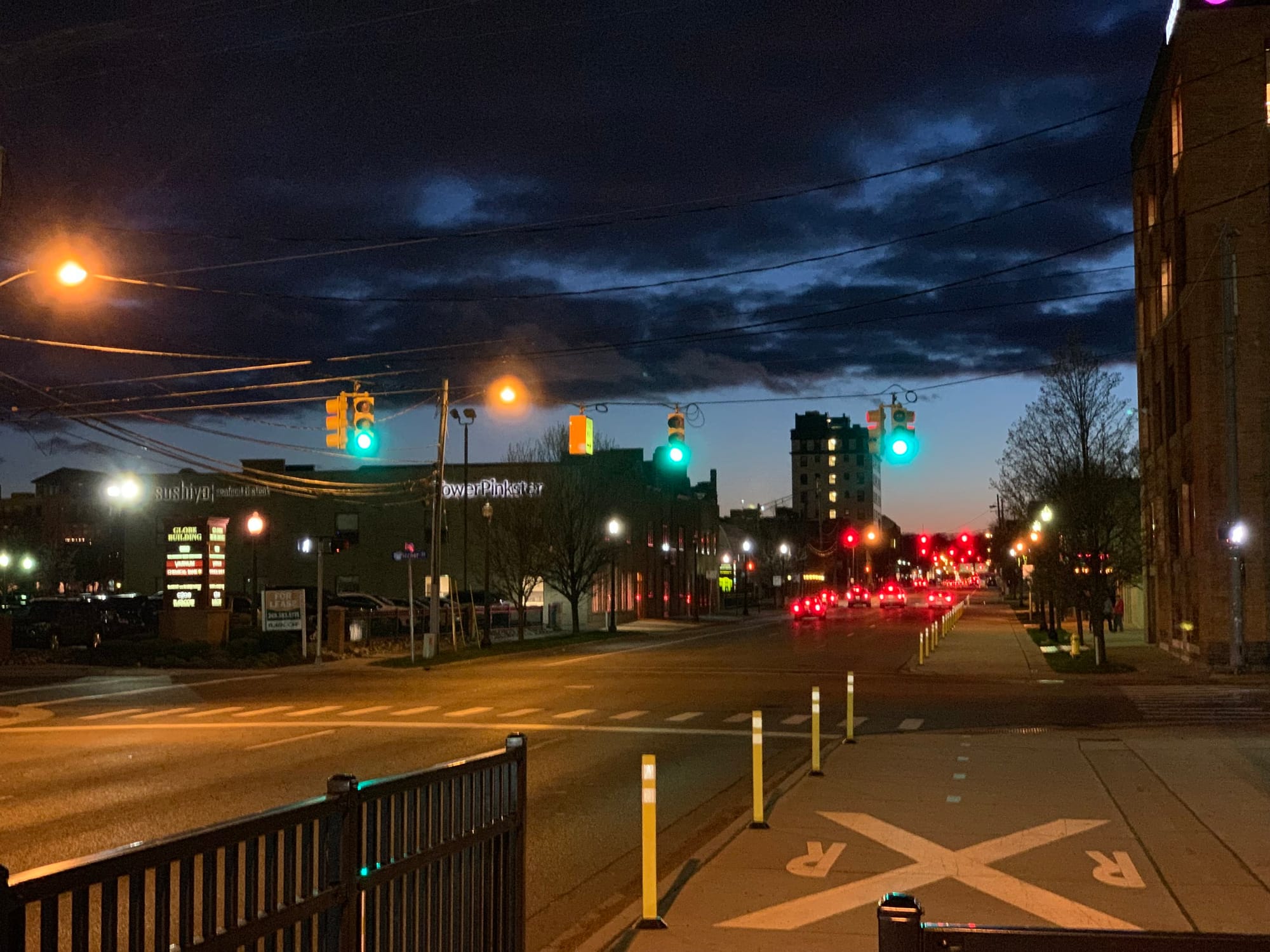
Editing
I did not focus too much about editing photos and videos in my presentation — that’s a whole separate presentation within itself. Here are some great resources on editing photos and videos
Editing photos
Here is a great tutorial of the basics of editing photos from REI.
Editing videos
For video editing, here are some tips from How Stuff Works and The DIY Video Editor.
- Video editing apps for your phone: iMovie, LumaFusion, Adobe Clip, Adobe Rush
- Handheld gimbal: I really like the OSMO Mobile 2 from DJI -- good value. I always carry a Glif and handheld grip every day.
My secret tip: Look through your camera
This is hard to describe how this works, but when filming look through your camera at what you’re recording. Basically, don't focus on the phone and holding it straight but at the subject you're recording. I find this mindset helps a lot to cut down on shaking.
Working on deadlines
Spend 10 minutes getting a safe shot and then experiment. A former colleague taught me this. When you go out on a shoot, spend the first 10 minutes of your hypothetical time getting a safe photo that will work for what you are doing. No matter what happens, you've completed the job. With the rest of your time, experiment, try something new. You might strike out but more times than not you'll get the best content this way, and if you fall flat you already have something you can use.
